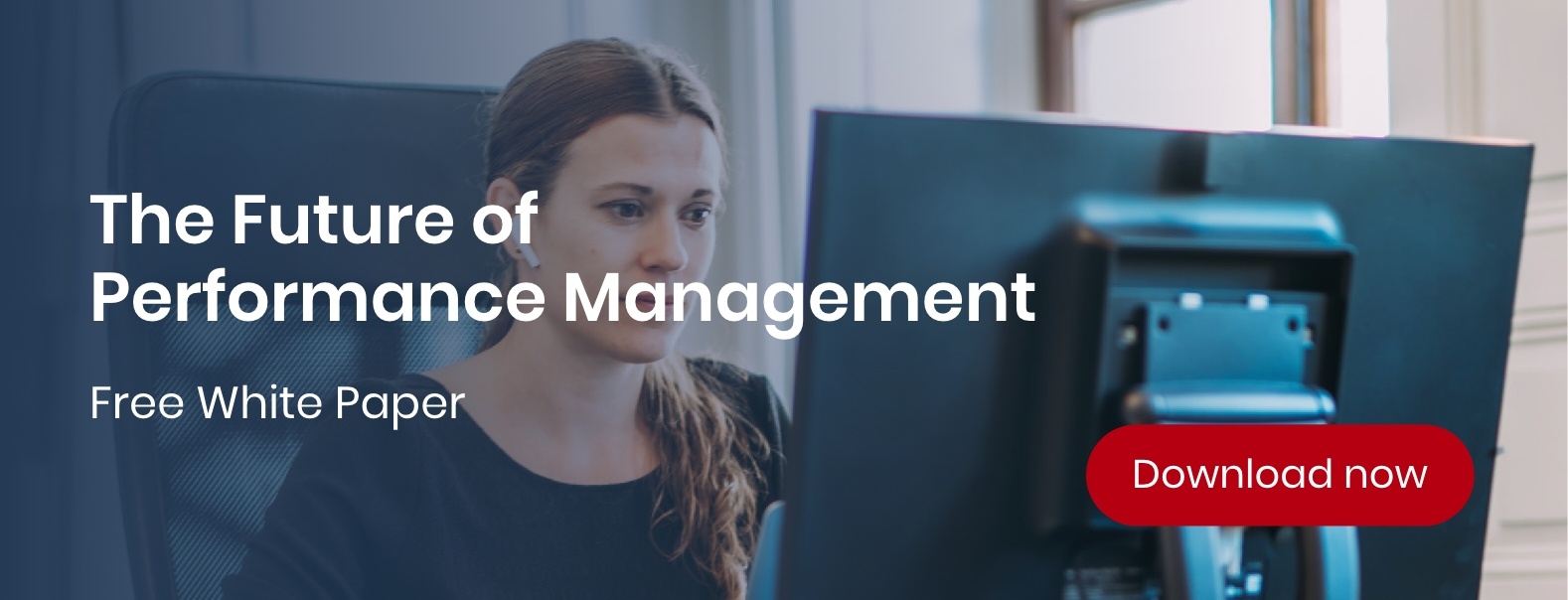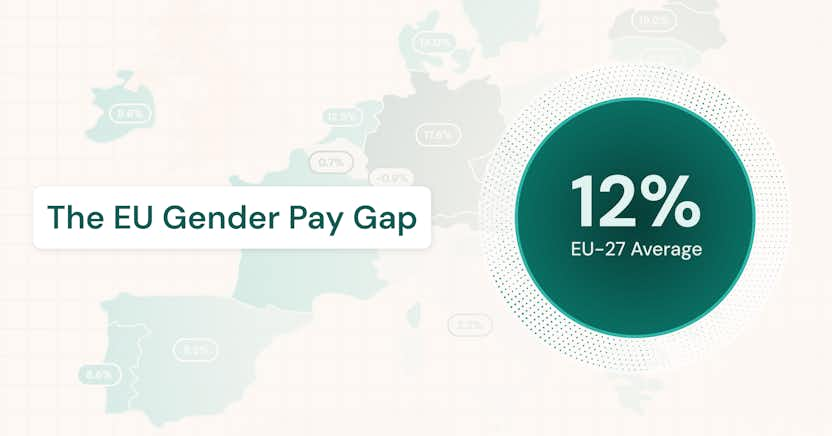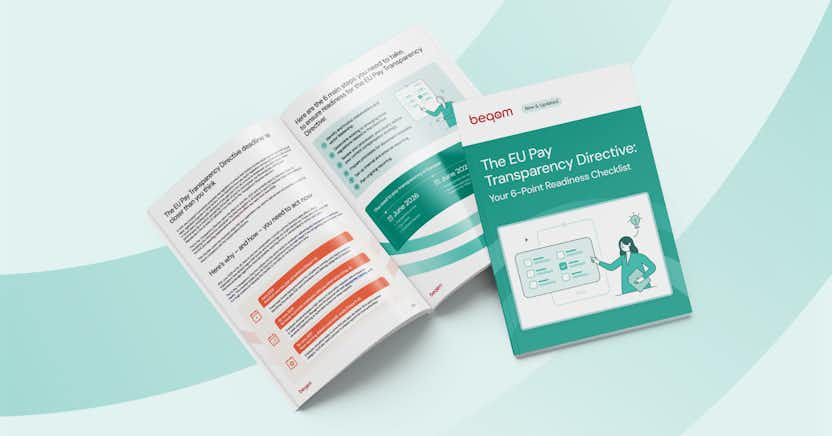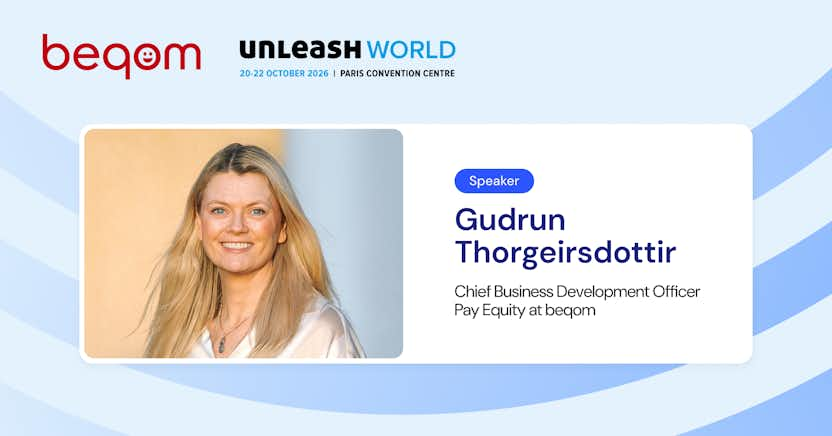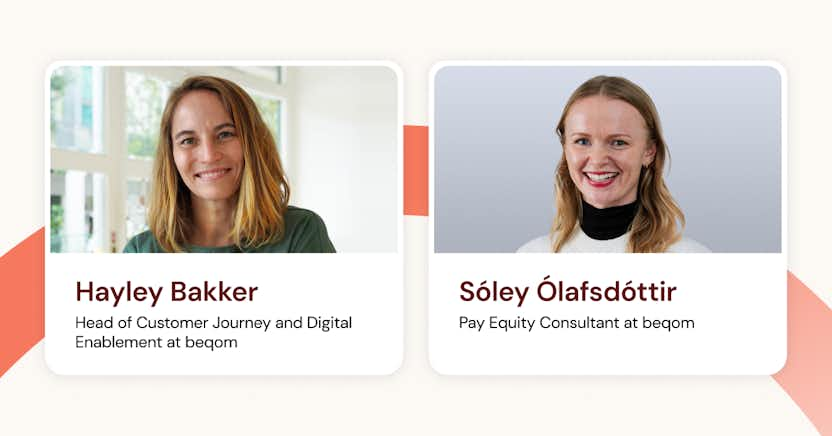Does Performance Management Actually Make a Difference?

Learn more about the following beqom products
What makes some organizations perform better than their peers or competitors? Why is it that some organizations achieve their goals, be it growth, profit, market share, or saving lives, and others don’t? How much of a company’s success is due to the actions of its executives and managers or the process by which senior management delivers that performance?
These are the questions explored by PARC in its recent research report and event on Delivering Organisational Performance.
Asked another way—as Chris Dillow, Chief Economist at Investors’ Chronicle, once did—are managers just witch doctors whose actions have no real impact on outcomes but who nonetheless get credit when the business succeeds (and have excuses when it fails)? If not, what management practices make the difference between high and low organizational performance? And if we know them, why are they so often not followed?
The report revealed some common themes found in companies that succeed and ways to make performance models actually work in reality.
Have we gotten performance management all wrong?
The good news is, yes, proper management of performance can make a huge difference. That’s no surprise, really. Yet there is still often a significant misalignment between a company’s strategy and employee behaviors—and traditional performance management doesn’t do much to help.
"There is a statistically significant link between the quality of firms' management processes and practices and their productivity,” according to Bank of England’s former Chief Economist Andy Haldane. “And the effect is large."
Still, despite the massive amounts of time, effort, and discussion around performance rating systems and capability frameworks, says the PARC report, “there is very little evidence that any of it makes much difference to the upside performance of organizations.” So have we gotten performance management all wrong?
The PARC report surveyed academic research and case studies, and conducted interviews with chief executives, senior executives, non-executive directors, investors, and consultants, to find the common themes associated with top performance outcomes.
The traditional performance management approach
How do business leaders go about spurring the individual performance that will result in superior organizational results? The PARC report describes the textbook model this way:
- Explain the business model – how your organization plans to generate a sustainable profit stream.
- Define the performance model – what you want people to DO – in order to execute the business model.
- Communicate the business and performance model.
- Cascade the business and performance model into individual objectives.
And then, in theory, employees leverage their knowledge and skills to achieve their assigned objectives, company plans are executed, and everything goes smoothly. While it makes sense on paper, somehow the process of turning organizational goals into effective individual performance often runs amuck. As the boxer Mike Tyson once quipped, “Everyone has a plan until they get punched in the mouth.”
Getting a grip on employee performance in a hybrid world
Speaking at the PARC event, Dennis Layton, Senior Advisor to McKinsey and Company, noted that his research has shown that “there is often a disconnect between what senior executives think people are doing and what they are actually doing.” Layton estimates that some 20-40 percent of what people are working on “has little or no relevance to the organization’s goals.” Aren’t you glad you spent all that time defining and cascading goals?
Layton says that getting a “grip” on what frontline employees are doing is crucial to being able to improve the company’s performance. This requires continuous performance management and frequent conversations, he says. Annual or periodic reviews of goals and individual objectives are not enough.
Also presenting at the PARC event, Aisling Teillard, Chief Customer Officer at beqom, likewise referenced the frequent disconnect between corporate strategy and actual employee activities, and noted that there has been a shift away from formal authority and more towards a team mentality. “The title ‘Manager’ doesn’t have the same reverence that it once did. The team is king.” The shift was underway before the Covid pandemic, according to Teillard, but was boosted by the breaking down of physical boundaries as employees moved to remote and hybrid work settings.
Maintaining a grip in such an environment becomes more difficult, says Teillard. Like Layton, she stressed the importance of ongoing conversations. Collaboration and getting to know your colleagues are still important, so using tools that enable connection and team engagement in a less hierarchical and more distributed environment is key.
Agile goals
One area where traditional performance management can fail to deliver optimum performance is in relation to goals. According to Teillard, goals must be well-defined, clearly communicated, and made public, with a focus on setting a small number of key corporate priorities and sticking to them—up to a point.
In the typical scenario, goals are set at the top and cascaded down through the organization. There are metrics associated with those goals, and they are measured throughout the year. Once or twice a year, the progress towards achievement of the goals is measured and any related variable compensation is doled out. But what if the market changes and corporate priorities change mid-stream? Does the top-down, fixed-goals methodology really deliver the performance a company needs in a fast-changing world?
First, let’s consider why we have this model in the first place. It’s based on an old-school command-and-control model, and that was designed into most HR software. So the answer to why we still do it that way is typically the fact that most HR systems are set up to manage goals in that cascading and rigid fashion, and so our HR process follows the model (and limitations) baked into the software. That model may simplify the system requirements, but it’s not reflective of the dynamic business environment in which most companies operate.
A more flexible approach to goal-setting involves what Teillard referred to as agile goals. Agile goals are revisited with some frequency and adapted as needed. This agility enables teams to focus on delivering value to customers and stakeholders through regular retrospectives, feedback loops, and continuous improvement. Agile goals can be assigned by anyone in the organization. With a continuous performance management model, employees can update and collate feedback on these goals and the goals can be iterative and evolving in nature. Agile goals serve to align team objectives with business objectives and to promote collaboration and teamwork within the organization.
The basics still matter
The PARC report concluded that several basic good management practices are key to achieving top performance, namely:
- Focus: Setting a small number of key corporate priorities.
- Simplicity: Being prepared to stop activities and projects that do not help the organization achieve its goals.
- Clarity: Setting clear expectations. Explaining priorities in a succinct and easily understandable way.
- Visible leadership: Leaders reinforce the culture. They set the goals of the company but also the assumptions and expectations of the people within it.
- Grip: Planning work and understanding what people are spending their time on.
- Candor: Encouraging managers to confront difficult issues as they arise, which requires a habit of continuous feedback.
Management practices do make a difference in organizational productivity and profitability. The real challenge is to translate it into the everyday behavior of people across the organization. That, as they say, is simple but not easy.
To learn more about PARC, visit their website, or find the report here. For more information about how a continuous performance management system can help you create an agile and more competitive organization, contact beqom to speak with one of our performance advisors.
Interested in achieving a people-centric performance and rewards culture? Download our free eGuide, The Future of Performance Management.
